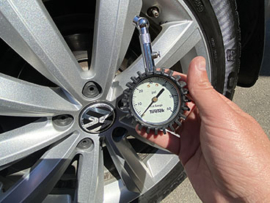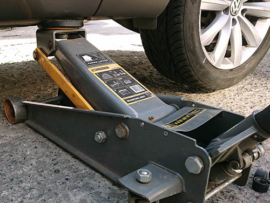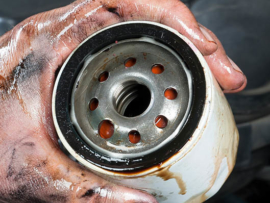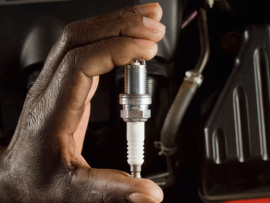P0183 – Fuel Temperature Sensor A Circuit High
DTC P0183 indicates a problem with the fuel temperature sensor A, specifically, a high input signal. The fuel temperature sensor is responsible for monitoring the temperature of the fuel in the fuel tank or fuel rail. This information is crucial for the engine control module (ECM) to adjust the fuel delivery and ignition timing according to the fuel’s temperature. When the ECM detects a high voltage signal from the fuel temperature sensor A, it triggers the P0183 code.
When the P0183 OBD-II code appears, it can lead to several potential issues. The most common problem is inaccurate fuel temperature readings, which can result in incorrect fuel delivery and ignition timing adjustments. This, in turn, may lead to poor engine performance, reduced fuel efficiency, and increased emissions. Additionally, the check engine light (malfunction indicator lamp) will illuminate on the dashboard, indicating the presence of the fault.
Fixes for OBD-II Code P0183
To fix the P0183 OBD-II code, you can take the following steps:
- Faulty Wiring. Begin by inspecting the wiring and connectors related to the fuel temperature sensor A. Look for any signs of damage, corrosion, or loose connections. Repair or replace any damaged wiring or connectors as needed.
- Fuel Temperature Sensor. Use a digital multimeter to test the resistance of the fuel temperature sensor. Consult the vehicle’s repair manual for the specific resistance values for the sensor at different temperatures. If the resistance values are out of range, the sensor may be faulty and should be replaced.
- ECM Input Voltage. Check the input voltage coming from the ECM to the fuel temperature sensor. If there is no voltage or a low voltage reading, the ECM might be faulty, and further diagnosis is required.
- Fuel Temperature Sensor Circuit. Ensure there are no short circuits or open circuits in the fuel temperature sensor circuit. Look for any damaged wires or components that may cause erratic readings.
- Additional Diagnostics. If the DTC P0183 persists even after repairs, perform additional diagnostics to identify any underlying issues. This may involve checking the ECM’s functionality or other related components.
Note: If you are unsure about performing the repairs yourself, it’s recommended to seek assistance from a qualified mechanic or automotive technician to ensure the problem is properly addressed.
Related DTCs to P0183
There are some codes that likely would have been shown along with the aforementioned code: P0176, P0177, P0178, P0179, P0180, P0181, P0182, P0184, P0185, P0186, P0187, P0188, P0189.
FAQs
How much does it cost to fix the OBD-II code P0183?
The cost to fix OBD-II error code P0183 can vary depending on various factors, such as the make and model of the vehicle, the location of the service station, and the labor rates of the garage. On average, the total cost to fix this code may range from $100 to $300 or more.
Can I continue driving with the P0183 code?
Driving with the DTC P0183 is generally not recommended. The code indicates a serious problem that can affect the accuracy of the fuel temperature readings and may lead to various issues. Ignoring the problem and continuing to drive with the code active could potentially lead to expensive repairs.
How is the code P0183 serious?
The OBD-II code P0183 is considered a moderately serious issue that requires attention and prompt repair. While you can continue driving with the code present, it is advisable to have the issue diagnosed and repaired as soon as possible to prevent further complications.
We do an efforts to find, research and recommend the best products. So, we may receive commissions from purchases that you make after following the links in our product reviews.








Leave A Comment